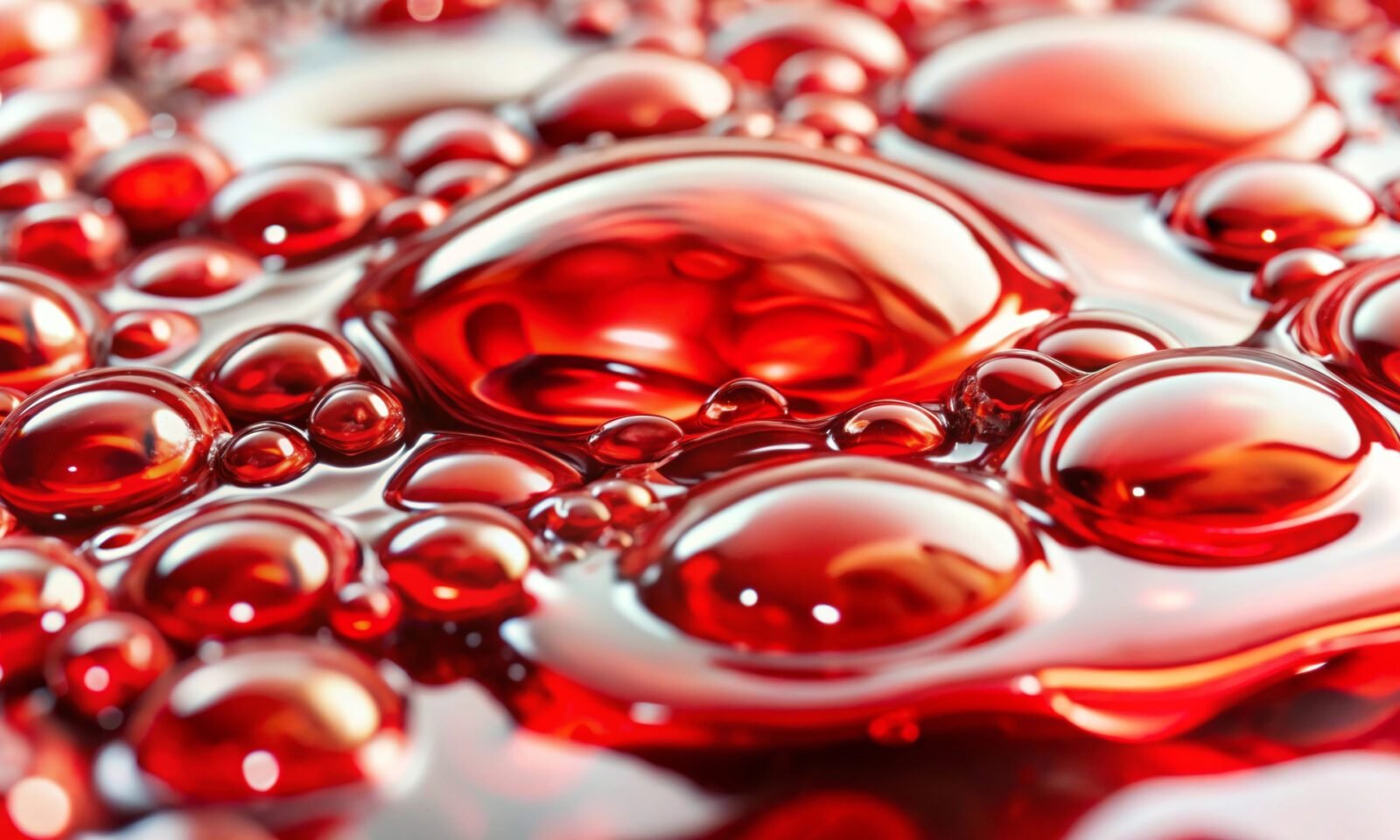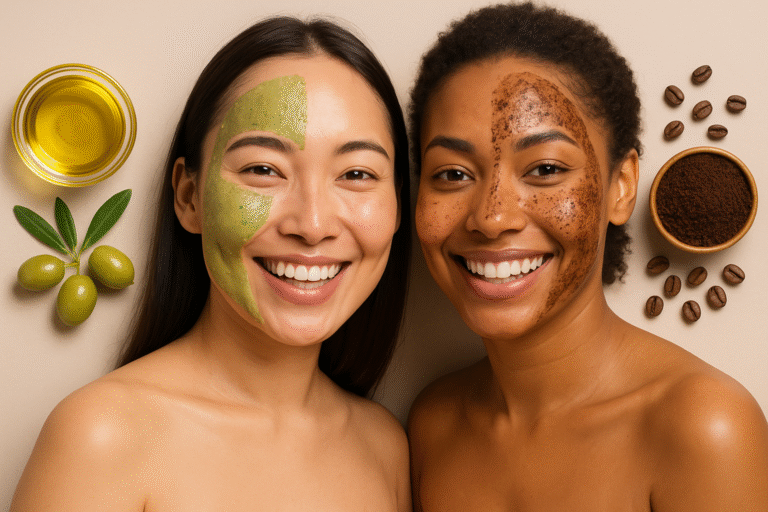Introduction
Rosacea is a chronic inflammatory skin condition characterized by persistent redness, visible blood vessels (telangiectasia), occasional bumps or pustules, stinging, and a compromised skin barrier. Consequently, finding skincare that soothes without triggering flare-ups is essential. Cica—short for Centella Asiatica and its derivatives—is rapidly becoming a favorite in the cosmetic industry for its calming, anti-inflammatory, and skin-repair properties.
In this article, we explain why Cica works for rosacea, how to choose the right product, and how to include it in your skincare routine for visible relief — without making things worse. Furthermore, we provide science-backed insights that help cosmetic chemists and skincare developers understand how to formulate with this powerful botanical.
Why Cica Helps Rosacea (Backed by Science)
Cica’s History & Key Compounds
Centella Asiatica has been used in traditional medicine for centuries. Its active molecules—madecassoside, asiaticoside, asiatic acid, and madecassic acid—are now studied extensively for their anti-inflammatory, antioxidant, and wound-healing properties (PubMed, MDPI). As a result, these triterpenes directly modulate inflammatory pathways and promote collagen remodeling, which is particularly useful in rosacea care.
Redness & Inflammation Reduction
Several studies demonstrate that Cica extracts reduce erythema (redness) by calming inflammatory signaling pathways. Moreover, they help soothe the heat, burning, or stinging sensations often experienced in rosacea-prone skin (Dermatology Times, SeoulCeuticals).
Strengthening the Skin Barrier
Rosacea-prone skin often shows higher transepidermal water loss (TEWL), lower moisture retention, and increased vulnerability to irritants. Importantly, Cica supports barrier repair, enhances moisture retention, and shields against environmental triggers (PMC). Therefore, it helps maintain long-term resilience.
Lower Risk of Irritation Compared to Harsh Actives
Unlike strong chemical exfoliants, synthetic fragrances, or alcohols, Cica is gentle. Nevertheless, formulation matters: the vehicle, concentration, and presence of other actives can influence skin response (National Rosacea Society). Consequently, choosing the right product is critical.
How to Pick the Right Cica Product for Rosacea
| Feature | What to Look For |
|---|---|
| High-quality extract | “Centella Asiatica Extract”, “Madecassoside”, “Asiatic Acid / Madecassic Acid” high on INCI list. |
| Fragrance-free & minimal irritants | Avoid essential oils and harsh botanicals. Always patch-test first. |
| pH balanced & lightweight texture | Gels or light creams often tolerated better than thick balms in humid or oily conditions. |
| Complementary actives | Niacinamide, allantoin, ceramides, hyaluronic acid, or colloidal oatmeal. |
How to Use Cica in Your Routine
Morning
- Gentle cleanser (no sulfates / fragrance)
- Cica serum or essence
- Barrier-supporting moisturizer
- Mineral sunscreen SPF 30–50
Evening
- Gentle removal of sunscreen/makeup
- Cica balm or cream if irritated
- Barrier moisturizer to lock hydration
Importantly, avoid strong acids or retinoids on the same night you introduce new Cica formulas until you know tolerance.
Potential Drawbacks & When to Be Careful
Even Cica can cause mild stinging, particularly if paired with irritating actives. Therefore, patch testing on the jawline for 24 hours is recommended. In addition, not all “Cica” formulas are standardized — some contain very little Centella or mask it with fragrance. Finally, severe rosacea subtypes may still require medical therapy (e.g., azelaic acid, topical antibiotics), and Cica should be seen as supportive care (PMC).
Real-World Products Featuring Cica
- SKIN1004 Madagascar Centella Ampoule – lightweight, high-glycerin + Cica, well tolerated by rosacea-prone skin (Vogue).
- La Roche-Posay Cicaplast Balm B5 – formulated with madecassoside, famous for barrier repair (Allure).
- No7 Laboratories CICA Rescue Skin Paste – an overnight option for flare-ups (New York Magazine).
Formulation Insights for Chemists
For cosmetic chemists, formulating with Cica requires careful attention to extraction method and delivery system. For example, nanoemulsions and liposomes can improve triterpene stability and skin penetration (MDPI). Furthermore, combining Centella actives with barrier lipids or peptides creates synergistic formulas for sensitive skin markets.
Suggested formats include water-based serums, soothing gel-creams, and post-procedure masks. Additionally, pairing with antioxidants such as phycocyanin or ectoine enhances the protective profile.
Conclusion
Cica (Centella Asiatica) is not a cure for rosacea. Nevertheless, it remains one of the most effective cosmetic actives for calming inflammation, repairing the barrier, and reducing redness. With the right product, consistent use, and a gentle supporting routine, visible improvements are possible within weeks. Therefore, cosmetic chemists and formulators should see Centella as both a soothing active and a strong differentiator for sensitive-skin formulations.
At Grand Ingredients, we provide advanced CICA actives such as CICA Rosea, designed for superior reparative and protective performance. 👉 Explore Our Product Center | 👉 Request a Sample







